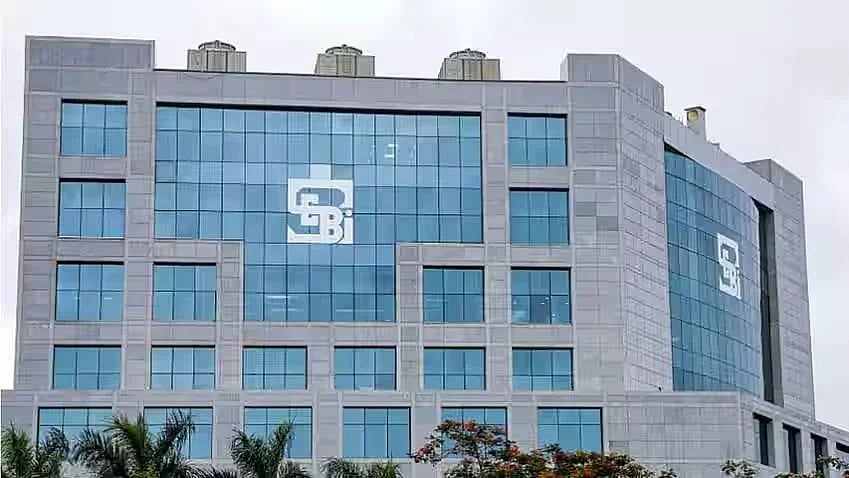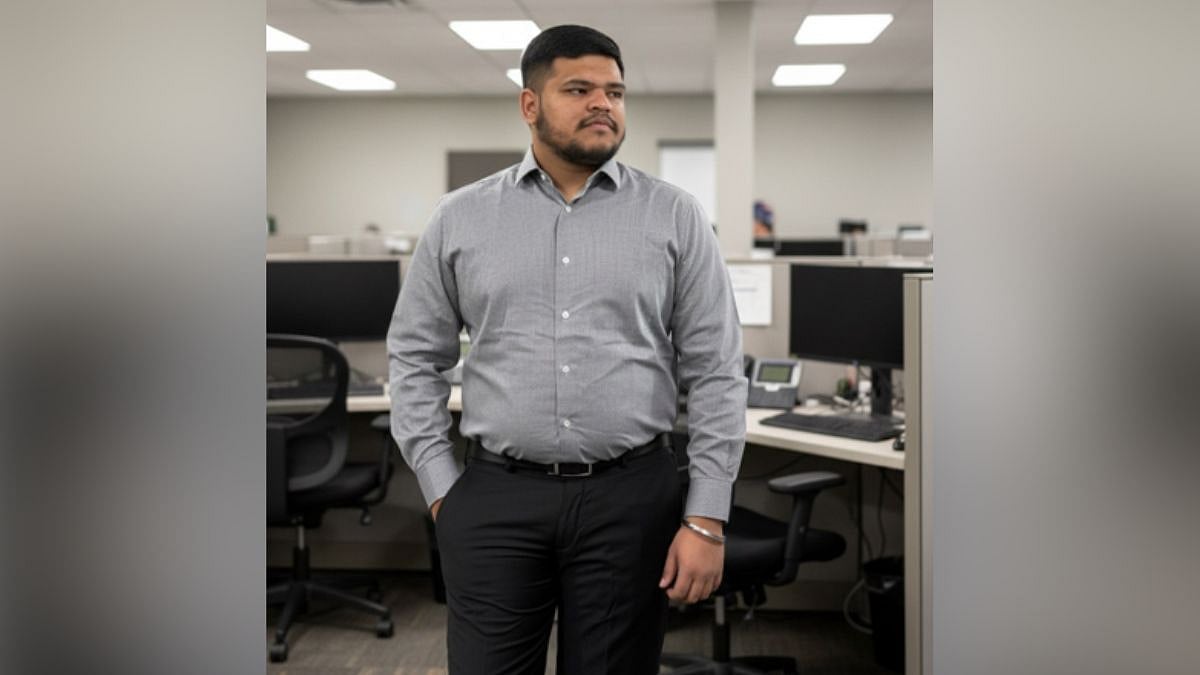As classrooms move from chalkboards to algorithms, education is racing to keep pace with a generation raised on digital expectations. The shift from one-size-fits-all content to tailored, student-centric learning is gaining momentum. Personalized learning isn’t just a nice-to-have anymore; it’s becoming a necessity. EdTech platforms are striving to deliver experiences that adapt in real time to how students learn, what they struggle with, and where they excel. But underneath the friendly interface of these platforms lies an intense technical challenge: making adaptive education work at scale, for millions of learners, with precision and privacy.
At the center of this transformation is Anusha Joodala, a seasoned data engineer and EdTech innovator who has spent years building the invisible scaffolding that makes personalized learning possible. With a deep understanding of the infrastructure behind adaptive platforms, the expert has worked at the intersection of data architecture, real-time processing, and machine learning, creating systems that don’t just deliver content but deliver the right content at the right time.
“Personalized learning is only as good as the data you feed it,” she says. “If your pipelines are slow, or your models don’t reflect real-time student behavior, you lose the opportunity to intervene when it matters most.”
Anusha’s work begins with data collection and integration, a complex task when platforms are pulling in data from various touchpoints. “We’re looking at everything from quiz scores and page views to how long a student hovers over a hint button,” she explains. Her team uses scalable ETL frameworks like Apache Airflow and Spark to unify this fragmented data, pushing it into centralized lakes that become the foundation for real-time analysis.
Once that data is in place, the challenge becomes speed. Adaptive systems have to respond as students learn, not hours later. “If a learner gets stuck on a concept, we can’t wait for an overnight batch job to figure that out,” emphasizes the engineer. She and her team deploy stream processing tools like Apache Kafka and Flink to track user behavior as it happens. This allows systems to tweak content difficulty, offer remediation, or escalate support within seconds. “In many ways, it’s like building a data nerve system that’s always firing,” she adds.
But speed is just one part of the puzzle. Accuracy and relevance are what make personalization effective. Anusha helps engineer the data pipelines that feed into machine learning models, systems that track knowledge decay, predict future performance, and suggest content aligned with a student’s pace. Techniques like Bayesian and Deep Knowledge Tracing come into play here, and ensuring the integrity of the training data is critical. “You have to constantly monitor drift, retrain models, and maintain version control,” she says. Tools like MLflow and Kubeflow help her manage this continuous cycle of experimentation and deployment.
Scalability is another layer of complexity. “It’s one thing to personalize for a classroom of 30. It’s another to do it for 3 million users,” she notes. She has helped architect cloud-native solutions using platforms like AWS Redshift and Google BigQuery, ensuring systems can flex with demand. Through containerization and orchestration, using Docker and Kubernetes, her teams create resilient, modular services that don’t crumble under high traffic.
With scale comes responsibility. “When you’re working with minors’ data, you have to be paranoid, in a good way,” she admits. Regulations like FERPA and GDPR aren’t just legal checkboxes; they shape how systems are built. Anusha prioritizes data encryption, access control, and audit logging to ensure compliance without slowing innovation. “We’ve built layers of privacy-preserving protocols into every stage of the pipeline,” she says. “That’s not optional, it’s foundational.”
The outcome of all that engineering is not merely a smarter application. It's a dramatically different learning experience, one that adjusts to every student, lowers dropout rates, and opens up room for more profound, more confident learning. The professional sees the impact firsthand. “When students feel seen by the system, when it knows what they need without them having to ask, they engage more. They succeed more.”
As the field evolves, she’s excited about the possibilities. “Edge computing and federated learning are going to change the game,” she predicts. These technologies would make real-time personalization possible even on low-bandwidth platforms, with sensitive information remaining local to preserve privacy. But they are accompanied by their own list of engineering problems, from constrained compute power to tricky model synchronization.
Her vision is clear: build systems that are not just technically impressive but fundamentally humane. “Data engineering can feel abstract,” she says. “But at its best, it empowers people. It creates room for learners to grow on their terms.”
In the world of EdTech, authentic personalization isn't a feature; it depends upon strong, scalable infrastructure. As learning requirements become increasingly sophisticated, this back-end engineering powers education that is adaptive, inclusive, and efficacious at scale.









